

Choosing the correct screw for dry wall is crucial for a secure and professional finish. The best screw for dry wall is the one that properly fastens the drywall to the studs without damaging the board. This guide covers everything from types of screws and materials to installation tips, ensuring your project is a success.Understanding Different Types of Screw for Dry WallSelecting the appropriate screw for dry wall depends on the material you're fastening the drywall to and the specific requirements of your project. Here's a breakdown of common types:Coarse-Threaded Screw for Dry WallThese screws are designed for fastening drywall to wood studs. The coarse threads provide a strong grip in wood, preventing the screws from stripping out. They are generally the most commonly used type of screw for dry wall for residential construction.Fine-Threaded Screw for Dry WallThese screws are used for attaching drywall to metal studs. The fine threads are specifically designed to grip the metal, ensuring a secure hold. Using coarse-threaded screws on metal studs will likely result in a weak connection.Self-Drilling Screw for Dry WallAlso known as self-tapping screws, these have a drill-bit-like point that allows them to penetrate metal studs without pre-drilling. This saves time and effort, making them a popular choice for commercial construction and larger projects. Ensure the drywall screw for dry wall chosen has a flute to remove the metal shavings.Bugle Head Screw for Dry WallThe bugle head is a distinct feature of most screw for dry wall. The slightly curved, trumpet-shaped head allows the screw to sink into the drywall surface without tearing the paper facing. This helps create a smooth, paintable surface.Materials and Finishes of Screw for Dry WallThe material and finish of a screw for dry wall affect its durability and resistance to corrosion. Here are some common options:Phosphate-Coated Screw for Dry WallBlack phosphate coating provides moderate corrosion resistance and is suitable for most indoor applications. This coating also helps the screw accept paint or joint compound, improving the finished look.Zinc-Plated Screw for Dry WallZinc plating offers better corrosion resistance than phosphate coating, making it suitable for areas with higher humidity. However, it’s still primarily designed for indoor use. They are available in both clear and yellow zinc finishes.Stainless Steel Screw for Dry WallFor maximum corrosion resistance, stainless steel screws are the best choice. They are ideal for bathrooms, kitchens, and other areas exposed to moisture. They are more expensive but offer superior longevity.Choosing the Right Length of Screw for Dry WallThe length of the screw for dry wall is critical for a secure attachment. Here's a general guideline: 1-inch (25mm): For ?-inch drywall attached to wood studs. 1 1/4-inch (32mm): For 5/8-inch drywall attached to wood studs. 1-inch (25mm): For ?-inch drywall attached to metal studs (20-25 gauge). 1 1/4-inch (32mm): For 5/8-inch drywall attached to metal studs (20-25 gauge).These are general guidelines and may need to be adjusted depending on the thickness of the studs and any additional layers of material.Proper Installation Techniques for Screw for Dry WallCorrect installation is as important as choosing the right screw for dry wall. Here are some tips for a successful installation:Using a Screw for Dry Wall GunA drywall screw gun (also known as a drywall driver) is a specialized tool designed to install screw for dry wall quickly and efficiently. It features an adjustable depth setting that prevents over-driving the screws and damaging the drywall paper. Setting the proper depth on the screw gun will increase the life and effectiveness of the drywall screw for dry wall.Driving Screw for Dry Wall by HandWhile a screw gun is recommended, you can also install screw for dry wall by hand using a drill with a screw-driving attachment. Be careful not to over-tighten the screws, as this can tear the drywall paper.Spacing and Placement of Screw for Dry WallProper spacing ensures the drywall is securely attached to the studs. A general recommendation is to space screws every 12 inches along the studs for walls and every 8 inches for ceilings. Position the screws at least 3/8 inch from the edge of the drywall to prevent crumbling.Avoiding Common Mistakes with Screw for Dry Wall Over-driving: This tears the drywall paper, weakening the hold and creating a visible imperfection. Under-driving: This leaves the screw head protruding, preventing a smooth finish. Stripping: Using the wrong type of screw or applying too much pressure can strip the screw head, making it difficult to drive the screw further.Finding Reliable Screw for Dry Wall SuppliersSourcing high-quality screw for dry wall is crucial for a successful project. Consider reputable suppliers like Hebei Muyi Import&Export Trading Co.,Ltd. Choosing a reliable supplier ensures you get consistent quality and accurate specifications. As specialists in fasteners, Hebei Muyi Import&Export Trading Co.,Ltd offers a comprehensive range of drywall screws to suit diverse project needs.Troubleshooting Common Issues with Screw for Dry WallEven with proper planning and technique, issues can arise during drywall installation. Here are some common problems and solutions:Screws Not HoldingIf screws are not holding, it could be due to several factors, including: Stripped Hole: Use a larger screw or relocate the screw to a new spot. Incorrect Screw Type: Ensure you are using the correct screw for the type of stud (wood or metal). Weak Stud: Reinforce the stud or move the drywall sheet to a different location.Screws BreakingScrews may break if they are: Over-tightened: Adjust the depth setting on your screw gun or reduce the pressure when driving by hand. Low Quality: Use high-quality screws from a reputable supplier. Incorrect Size: Ensure you're using the correct length and gauge of screw for your application.Screw for Dry Wall: Cost ConsiderationsThe cost of screw for dry wall can vary depending on the type, material, finish, and quantity. Buying in bulk often reduces the per-screw cost. Compare prices from different suppliers to find the best deal without compromising on quality.Choosing the Right Tool for the JobUsing the right tools for drywall installation can significantly improve efficiency and results. Consider investing in these tools: Drywall Screw Gun: This specialized tool ensures consistent screw depth and prevents over-driving. Drywall Saw: A drywall saw is ideal for making precise cuts in drywall sheets. T-Square: A T-square helps create straight and accurate lines for cutting drywall. Mud Pan and Knives: These are essential for applying joint compound to seams and screw holes.Environmental ConsiderationsWhen choosing screw for dry wall, consider the environmental impact. Opt for screws made from recycled materials or those with eco-friendly coatings. Properly dispose of any unused screws and packaging materials.Safety PrecautionsAlways prioritize safety when working with screw for dry wall and power tools. Wear safety glasses to protect your eyes from debris, and use gloves to prevent cuts and scrapes. Ensure the work area is well-ventilated, especially when using joint compound or other chemicals.ConclusionSelecting the right screw for dry wall and employing proper installation techniques are essential for a professional and durable finish. Understanding the different types of screws, materials, and installation methods empowers you to tackle any drywall project with confidence. Remember to choose quality products, follow safety precautions, and consult with professionals when needed. Contact Hebei Muyi Import&Export Trading Co.,Ltd for your screw for dry wall needs.Frequently Asked Questions (FAQs)Can I use regular screws for drywall?No, it is not recommended to use regular screws for drywall. Screw for dry wall are specifically designed with bugle heads and specialized threads to properly grip the drywall and studs without causing damage. Regular screws may not provide a secure hold and can tear the drywall paper.What happens if I over-tighten drywall screws?Over-tightening drywall screws can cause the screw head to sink too far into the drywall, tearing the paper facing. This weakens the hold and creates a visible imperfection. It's important to use a drywall screw gun with an adjustable depth setting to prevent over-driving.How do I fix a drywall screw that won't hold?If a drywall screw won't hold, try using a slightly larger screw or relocate the screw to a new spot nearby. If the hole is severely stripped, you may need to use a drywall anchor or plug to provide a more secure hold.What is the best type of drywall screw for metal studs?The best type of drywall screw for metal studs is a fine-threaded self-drilling screw. These screws are specifically designed to grip the metal and have a drill-bit-like point that allows them to penetrate the metal studs without pre-drilling.Disclaimer: This article provides general guidelines. Always consult with a professional for specific project requirements.



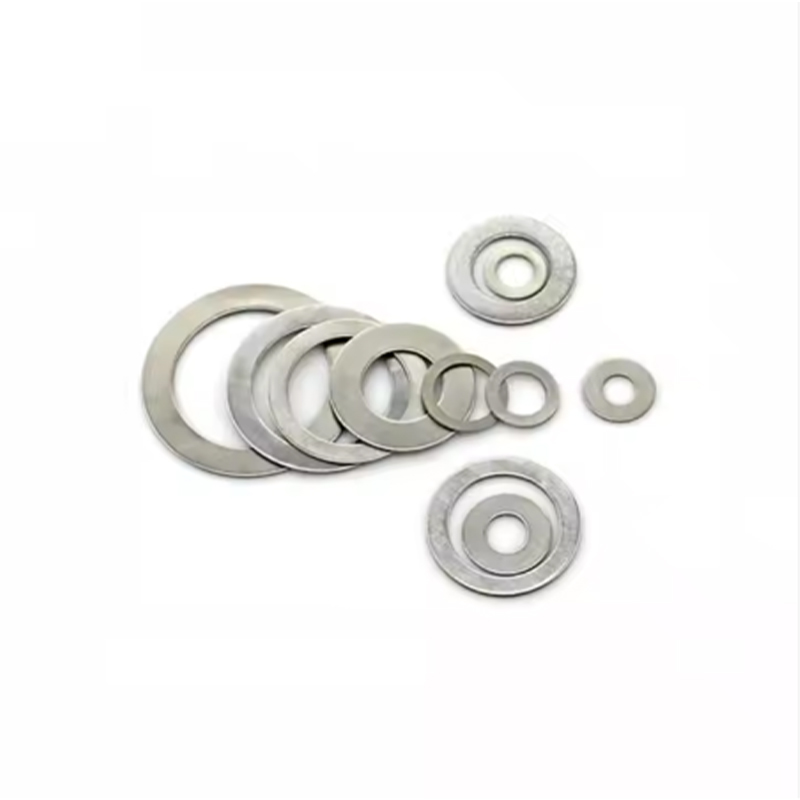
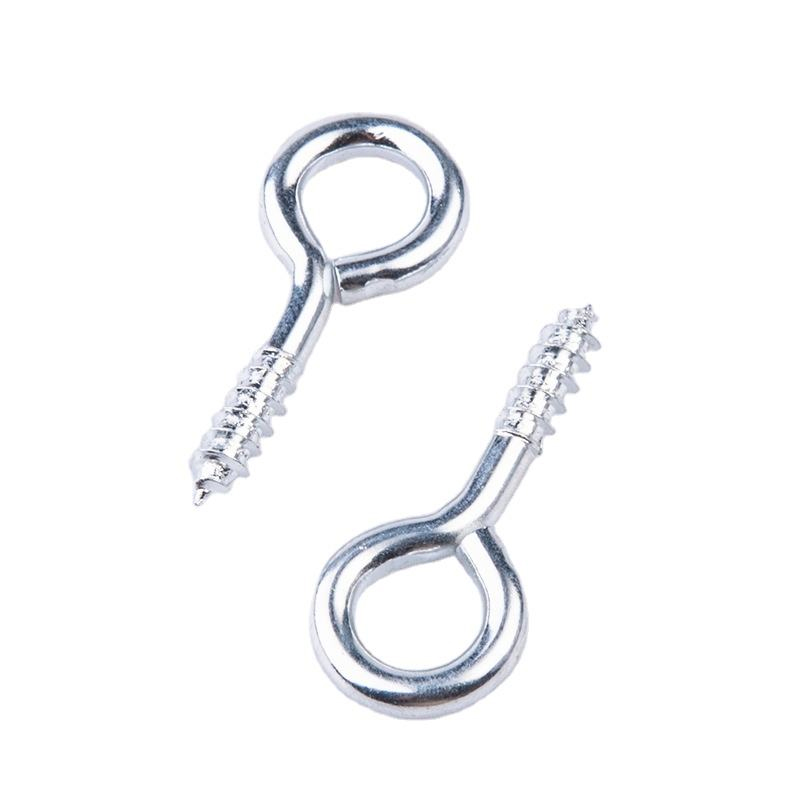



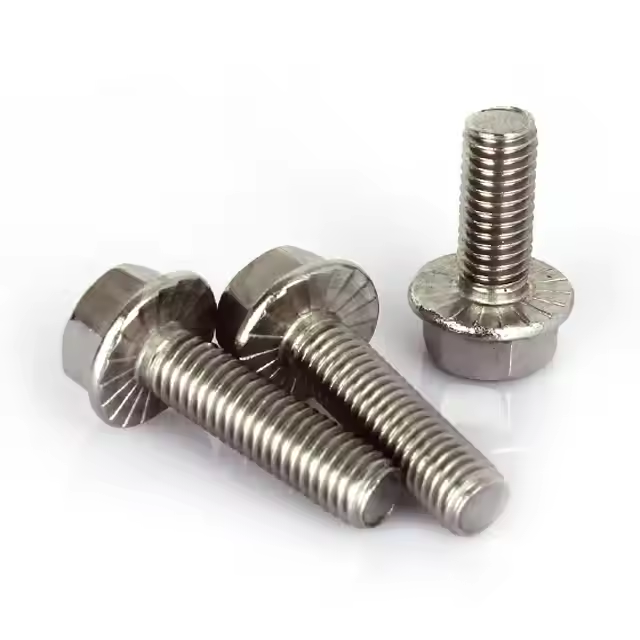

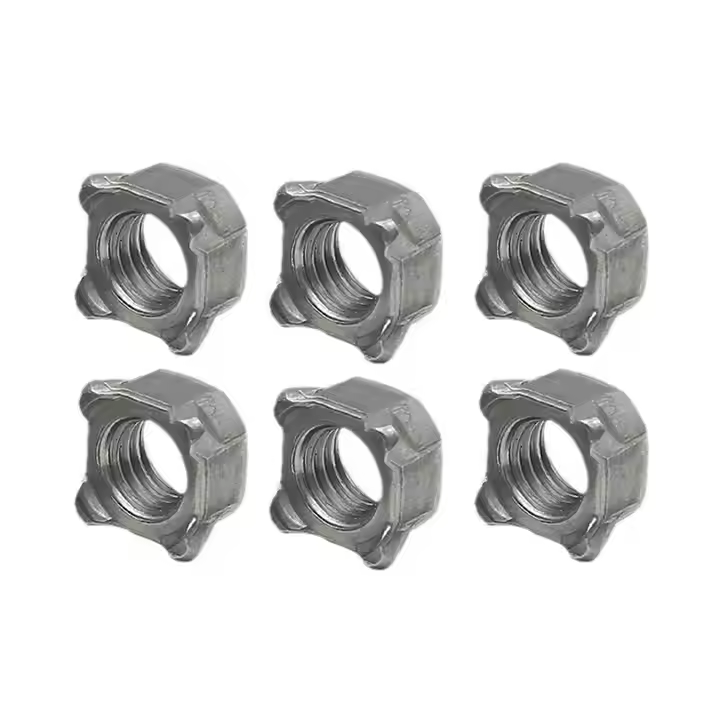
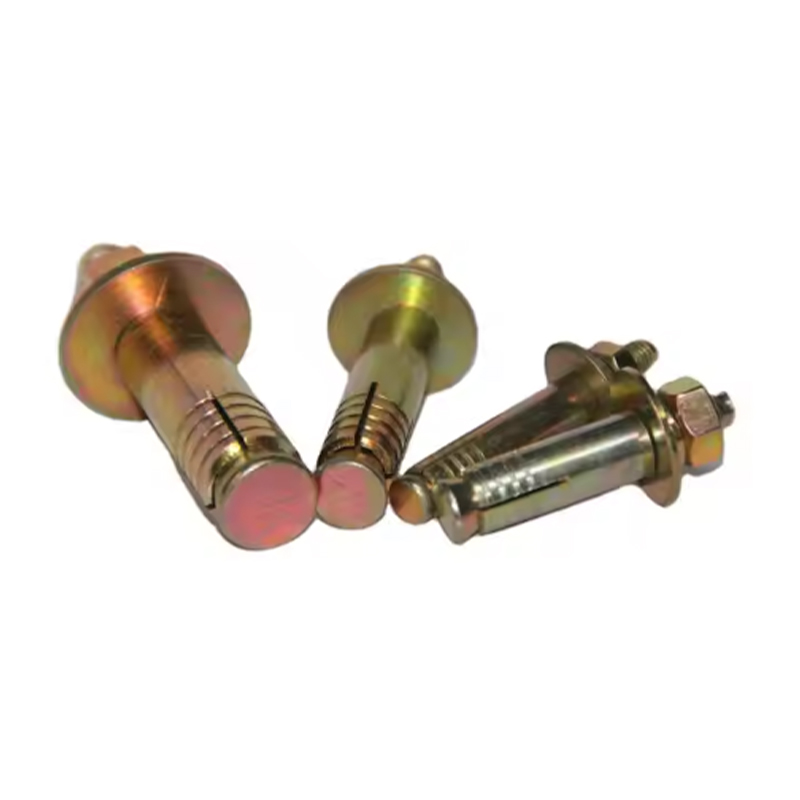

Please enter your email address and we will reply to your email.